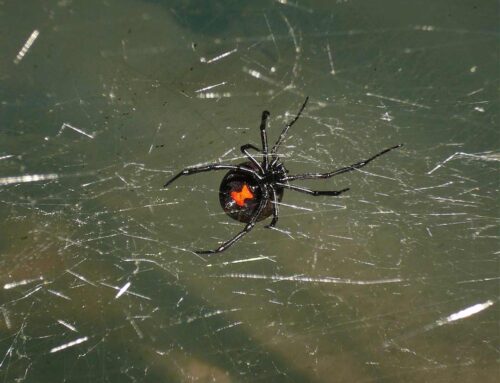How to get rid of carpet beetles
You Guide to a Pest-free Home
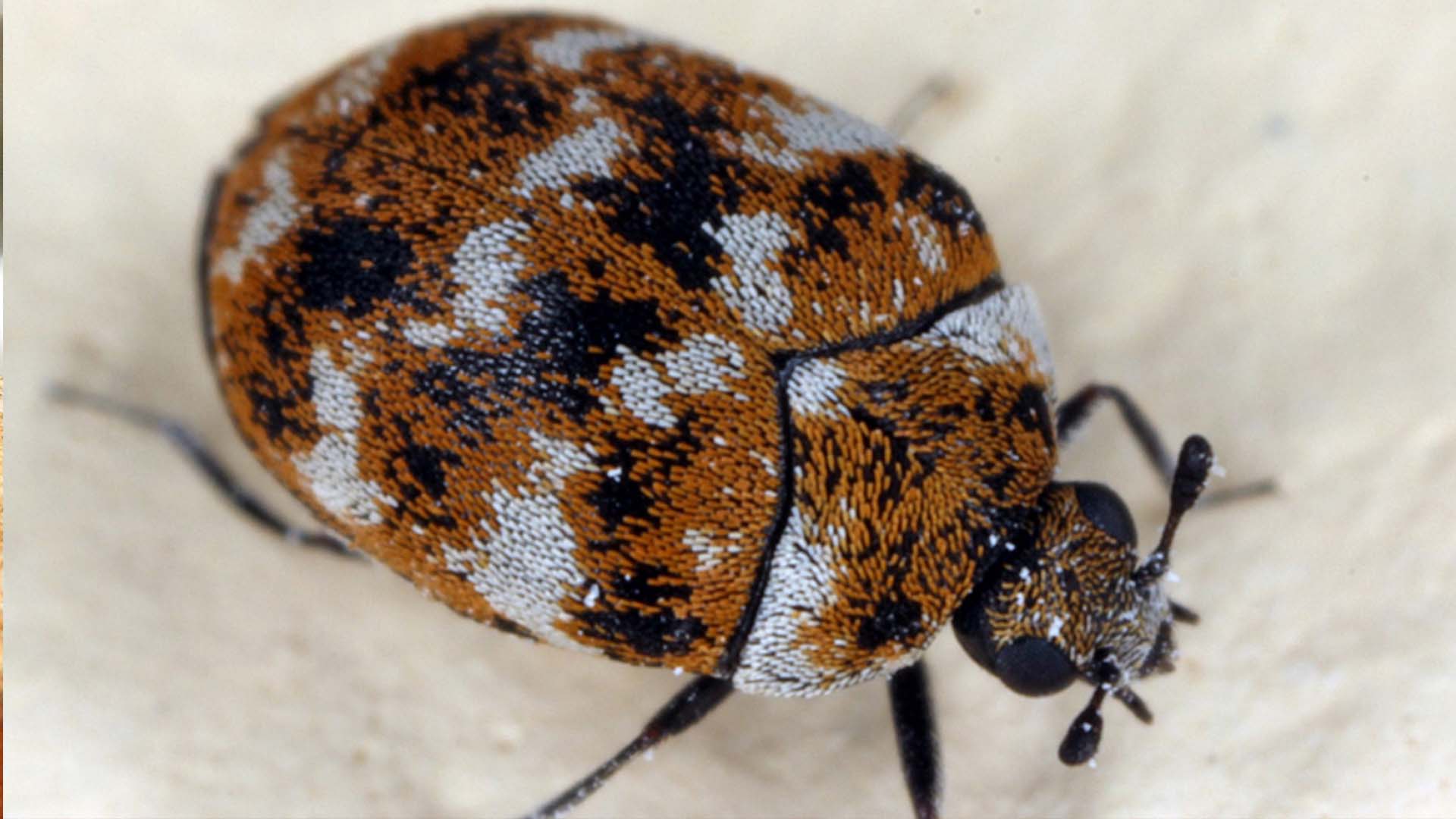
Carpet beetles are decomposers. While they are known for damaging carpets, they also consume a variety of materials including linens, blankets, sheets, curtains, clothing, houseplants, and even other insects or rodents that have died. Understanding these habits is crucial in locating and eliminating the source of the infestation.
Identify the Pest
The first step in getting rid of carpet beetles is proper identification. Ensure that you indeed have a carpet beetle infestation. Misidentifying the pest can lead to ineffective treatments. Knowing you’re dealing with carpet beetles will guide you toward the right solutions.
Thorough Inspection and Cleaning
A meticulous inspection is often key to solving a carpet beetle problem. Begin by checking common hiding spots such as closets, under furniture, and storage areas. Pay special attention to places where organic materials are stored. Cleaning these areas thoroughly can significantly reduce the beetle population.
Check Attics and Crawlspaces
If you don’t find any sources inside the main living areas of your home, it might be worth inspecting your attic and crawlspace. Carpet beetles can inhabit these areas, especially if there are deceased rodents or debris in the insulation. Regular inspections of these spaces can help in identifying hidden infestations.
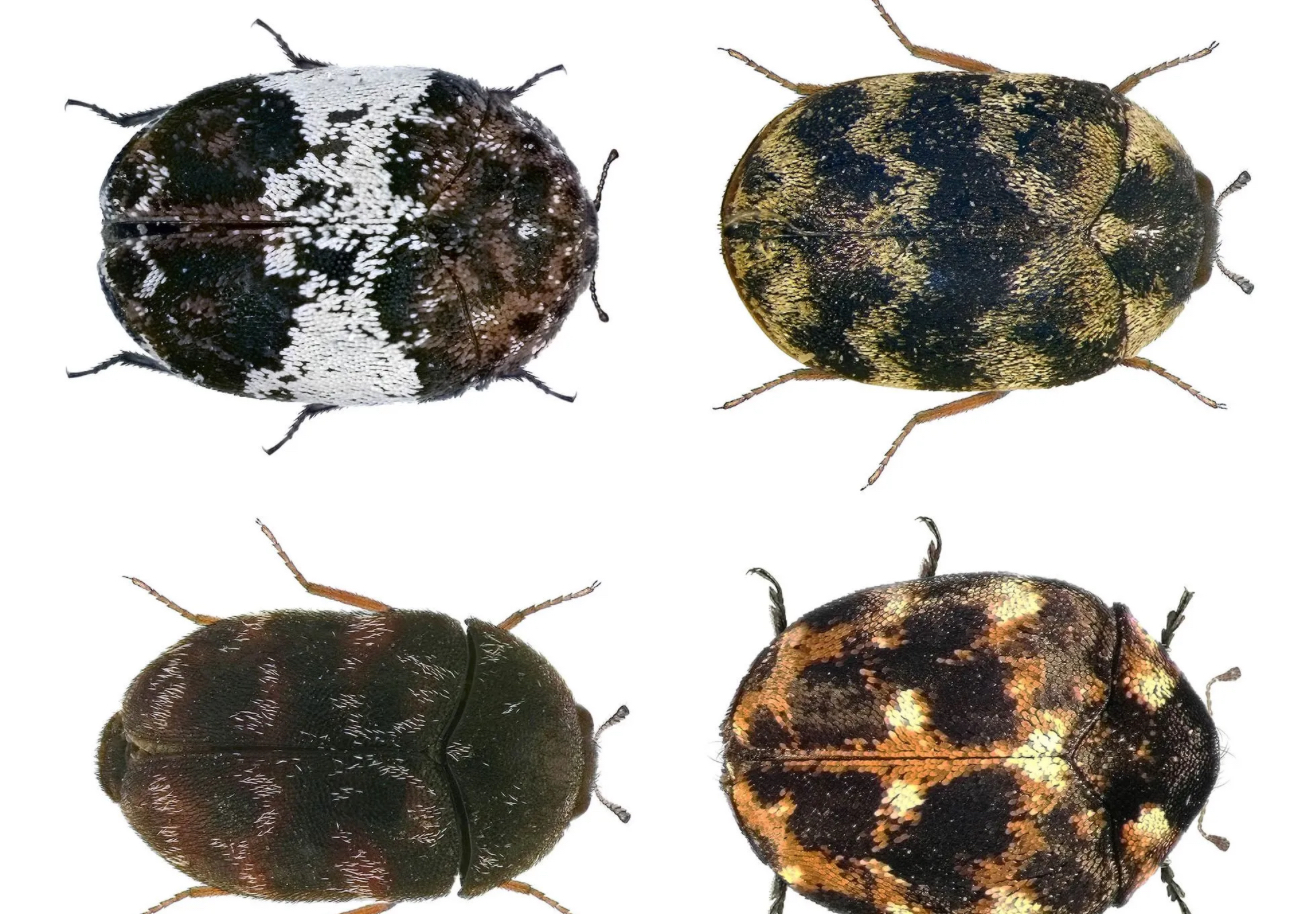
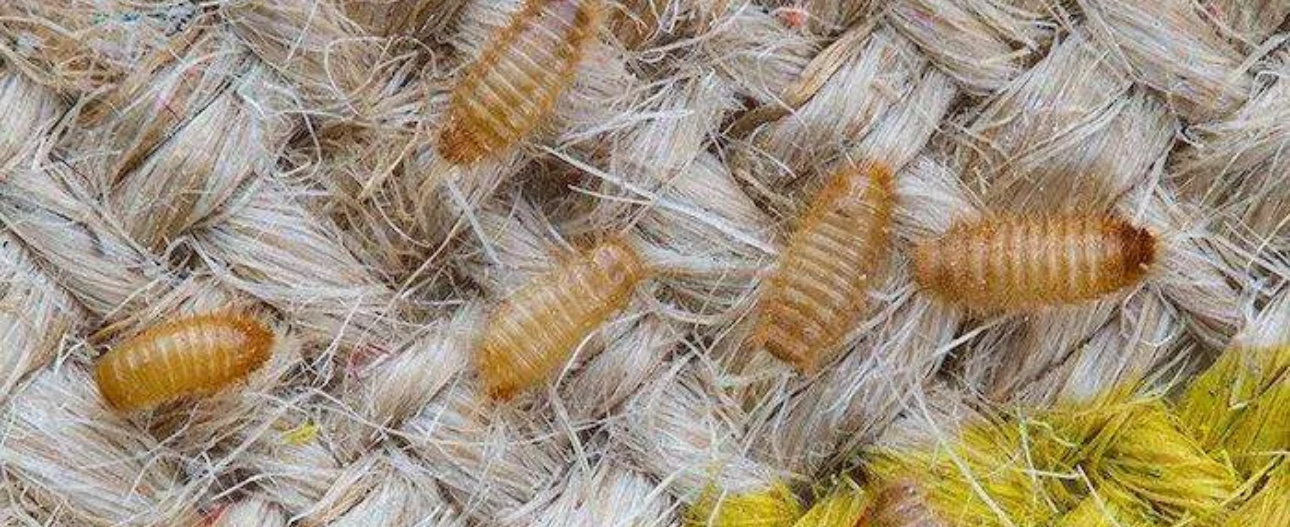
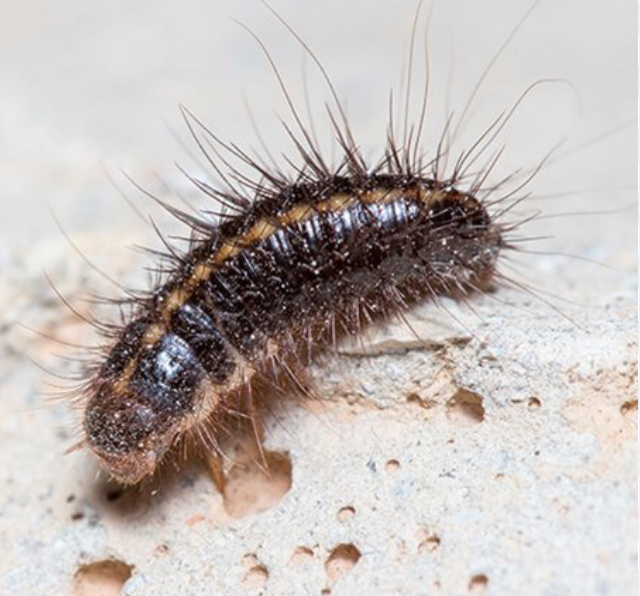
Inspection Tips
Pro Tips for Inspection
- Inspect both indoor and outdoor houseplants.
- Pull out appliances to check and clean behind them.
- Use sticky glue boards or pest monitors in areas with high carpet beetle activity.
Treating Carpet Beetles
Once you’ve identified and removed the source of the infestation, treatment can proceed. Treat the interior of your home with a fogging agent and apply a liquid concentrate around baseboards. Vacuum any visible bugs to help reduce the population.
Professional Treatment
For best results, it’s advisable to seek help from a licensed pest control company. Store-bought products can sometimes worsen the problem if not used correctly. Professional technicians can offer targeted treatments and recommendations for follow-up sessions.
Follow-up Treatments
Effective eradication of carpet beetles often requires multiple treatments. Typically, follow-up treatments are spaced 2-4 weeks apart, with 2-3 sessions being common depending on the infestation level. A professional pest control company will provide a treatment plan tailored to your situation.
By following these steps, you can effectively identify, locate, and eliminate carpet beetles from your home, ensuring a pest-free environment.

